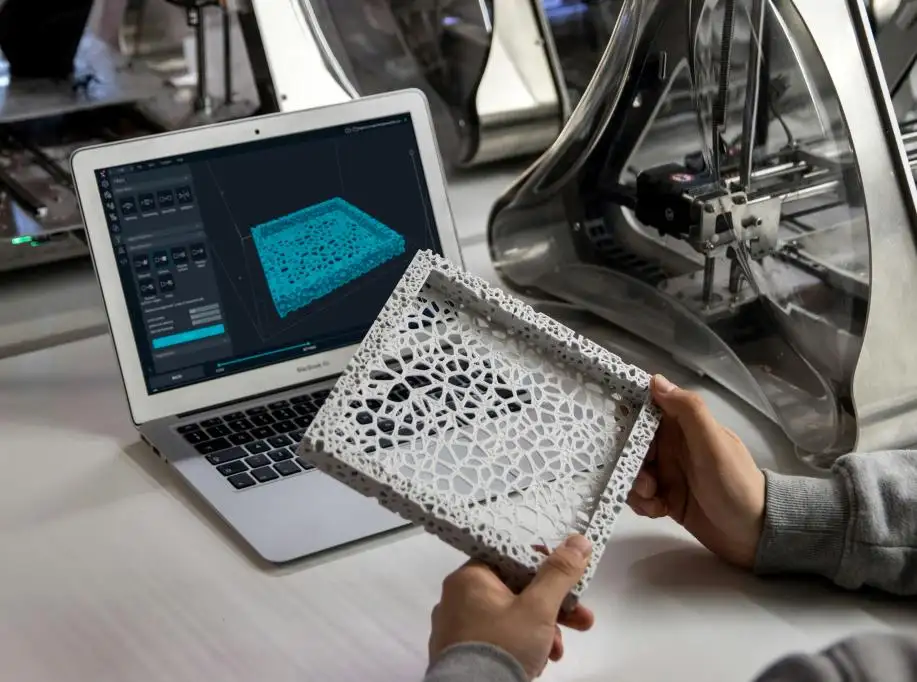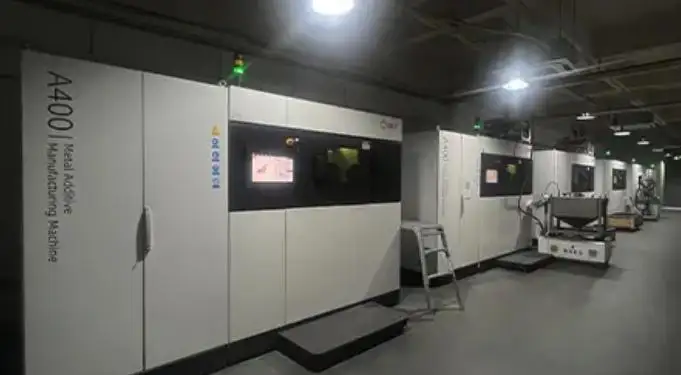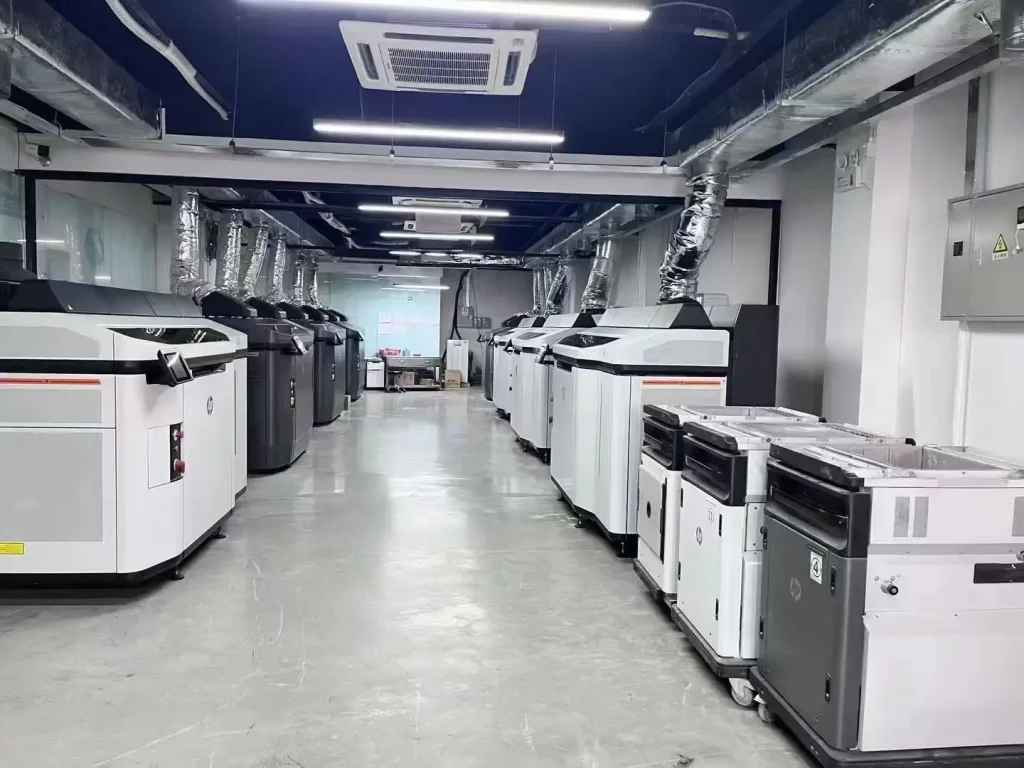What to Look for in a Professional 3D Printing Prototype Company?
What to look for in a 3D Printing Prototype Company? The choice can make or break your launch. Deadlines are tight. Designs change fast. You need speed, accuracy, and honest guidance. But promises are easy. Proof is hard. Which process fits your part? SLA, SLS, MJF, or metal? Which finish tells the right story in a demo? Today we break it down in clear steps. No jargon. No fluff. By the end, you'll know how to pick a partner - not just a printer. Ready to find out what most teams overlook?

1) Speed, Precision, And Materials That Match Real Projects
When you compare one 3D Printing Prototype Company with another, start with three simple questions: How fast can they ship? How closely do parts match the CAD? Do they cover the materials your test actually needs? Those answers decide whether your prototype informs the next decision - or delays it.
We built our workflow around that logic. Our production floor runs SLA, SLS, MJF, and DMLS, covering plastics and metals so you don't have to switch vendors mid-project. Typical lead times begin at 48 hours, and many prototypes leave our facility within 1–2 days. That speed keeps design momentum high while issues are still cheap to fix.
SLA (Stereolithography) is our go-to for visual quality and fine features. Layer heights around 50–100 μm produce smooth surfaces that are ideal for fit checks, housings, and show models.
SLS and MJF (nylon powders) create tough, heat-resistant parts with reliable tolerances - commonly ±0.3% or ±0.3 mm (whichever is greater). They're excellent for functional clips, hinges, and internal channels without support scars.
DMLS (metal) builds dense, strong components with layer thicknesses near 30 μm, typically shipping in about 7 business days. Use it for fixtures, brackets, or strength-critical trials where polymer will not suffice.

What holds many teams back is not the print itself, but the fit between process and purpose. A capable 3D Printing Prototype Company will explain tradeoffs clearly - surface vs. toughness, speed vs. cost, geometry vs. tolerance - before you commit. That's where we invest most: advising early so you avoid reprints later.
CTA - Get Moving: Upload your CAD to GD Prototyping and see process, finish, cost, and lead time side by side - no waiting, no mystery.
2) Proof Of Capability: Processes, Finishes, And Quality You Can Verify
A professional 3D Printing Prototype Company should show its range, not just list machines. Ask for examples that mirror your use case: thin walls, living hinges, tight press-fits, light-weighting, or fluid channels. Then confirm they can finish parts the way you'll evaluate them.
✅ Core Processes That Cover More Use Cases
- SLA: Ultra-smooth surfaces for presentation models and precision fits.
- SLS & MJF: Durable nylon for end-use trials and complex internal features.
- DMLS: Dense stainless steel, aluminum, or titanium for strength-critical testing.
✅ Finishing Options That Fit Your Test Plan
- Standard clean & smooth for quick reviews.
- Painting / dyeing for color-accurate stakeholder demos and nylon branding.
- Polishing / vapor smoothing to lower friction or achieve a gloss look.
- Bead blasting for uniform matte surfaces.
- Electroplating / clear coating for appearance or protection.
- Heat treatment to stabilize and strengthen metal parts before validation.
✅ Measurable Quality - Not Just Marketing
- We include dimensional photos and reports so you can compare print to CAD, not just eyeball fit.
- For plastics, our guidance targets the ±0.3 mm class on small to medium components; for fine SLA features, we help you design to the 50–100 μm layer regime.
- For metals, we align feature expectations with ~30 μm layers and geometry-dependent tolerances - so thin ribs and threaded features behave as expected.
- Where possible, we recommend fixture-free designs for SLS/MJF to preserve surfaces and cut post-processing time - often the quiet reason customers see fewer reprints.

- Reality check: Inconsistent tolerances, unclear DFM notes, and finishing bottlenecks burn weeks. A reliable 3D Printing Prototype Company closes that gap with precise guidance upfront. At GD Prototyping, we flag risk areas (thin walls, tight holes, overhangs, heat exposure) before the first print - so your "iteration 1” already looks like iteration 3.
CTA - Talk To An Engineer: Book a quick consult with GD Prototyping to map process + finish to your test criteria in one call.
3) Total Cost, Design Flexibility, And Reliability Across The Lifecycle
The cheapest quote isn't always the lowest cost. The right 3D Printing Prototype Company reduces total spend by preventing do-overs, shortening cycles, and scaling with you from prototype to small-batch production.
- Cut Time And Cost Without Sacrificing Learning
Most waste hides in rework. Pairing DFM feedback with the right process means fewer surprises after the first print. Additive methods eliminate tooling, so you iterate freely - no molds, no waiting, no sunk cost. Many teams move from concept to functional testing in days, not weeks, which is gold when a launch date is looming.
✅ Where GD Prototyping Compounds Value Over Time
• Design freedom: Print lattices, organic shapes, and internal channels that machining can't reach.
• Cost-effective builds: Replace multi-part assemblies with one printed part to cut labor and alignment errors.
• Durability on demand: Choose nylon when impact and heat matter, SLA when appearance is key, or metal when strength rules.
• Scalable path: Start with a rapid prototype and ramp to small-batch production using the same geometry and material - keeping validation consistent.
✅ Consider a practical path many customers follow:
• Round 1: SLA for a high-clarity show model and early fit checks.
• Round 2: MJF or SLS for rugged, functional tests and thermal exposure.
• Round 3: DMLS once data shows metal is the gating factor.
Each step preserves learning while increasing confidence and avoiding resets.
✅ How To Evaluate Vendors - A Quick Checklist
• Can they commit to 48-hour starts for standard prototypes?
• Do they cover SLA, SLS, MJF, DMLS under one roof, with clear guidance on when to use each?
• Will they provide dimensional evidence and photos with shipments?
• Do they offer the finishes you'll need for stakeholder reviews or environmental tests?
• Can they scale from one-off prototypes to short runs without changing material families?
CTA - Start Today: Get an instant quote from GD Prototyping. Upload your CAD and compare SLA, SLS, MJF, and DMLS options - lead times, finishes, and pricing included.
About GD Prototyping
We're a manufacturing partner focused on outcomes: fast delivery, high precision, and a realistic look & feel. Every part is inspected and documented before shipment. With a wide material selection, tight tolerances, and consistent reliability, GD Prototyping is the 3D Printing Prototype Company that keeps your project moving - without surprises.
Need a part in days, not weeks? Let's build it.

